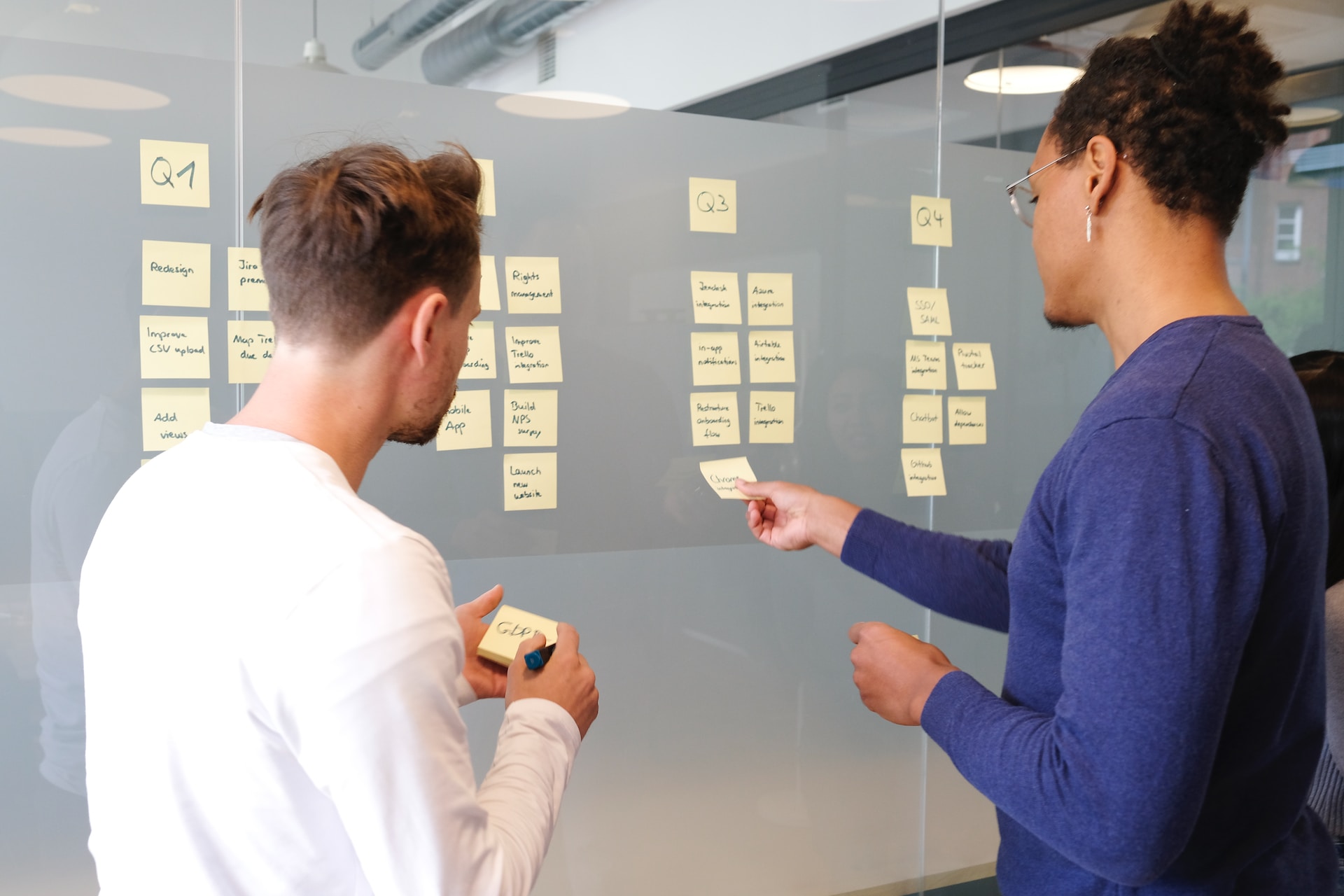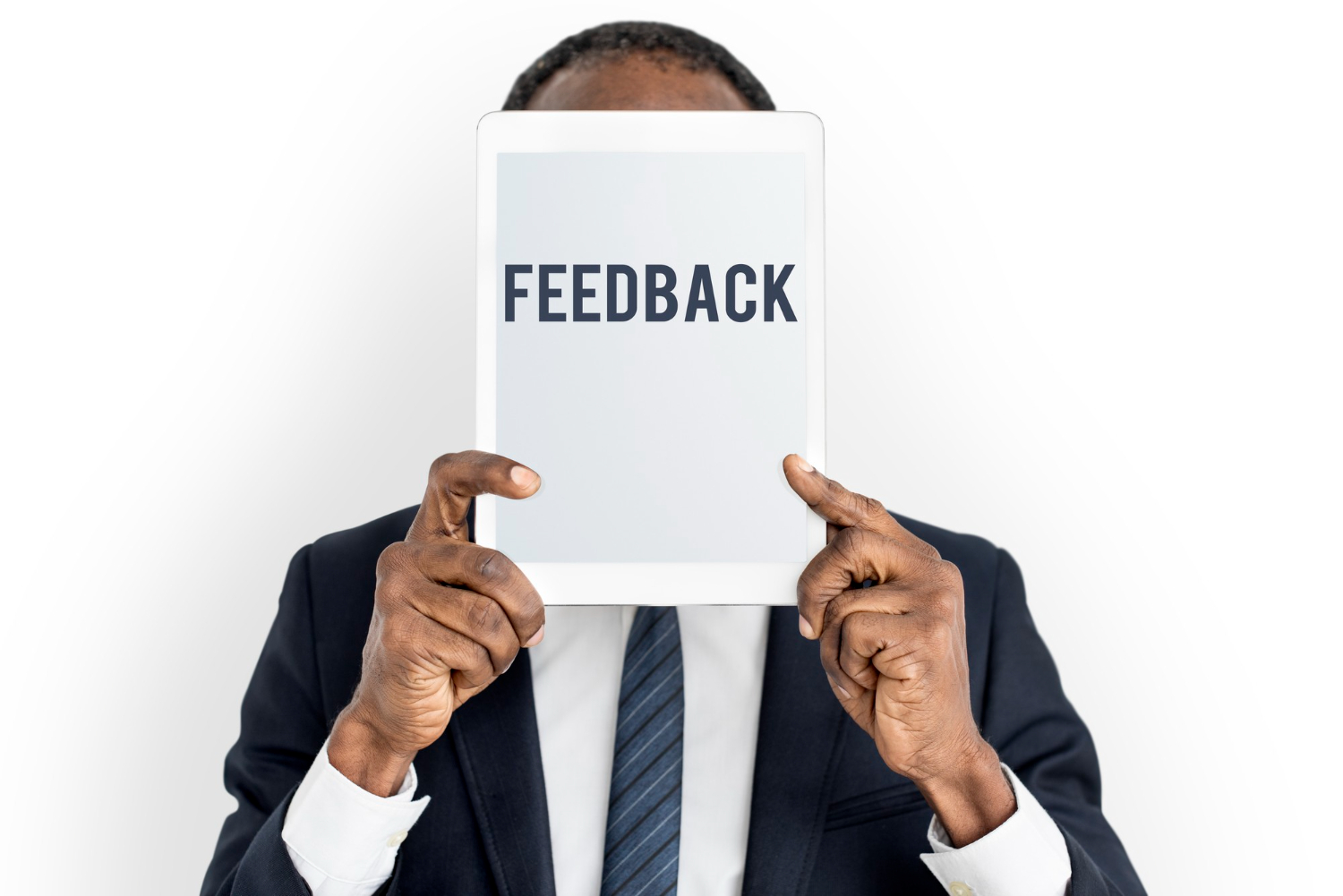-
Contextual Inquiry: Meaning, Pros, Cons & How to conduct

Introduction Recently, in-depth research has shown that products or services should be designed to meet an existing need. In others words you don’t create products and begin to search for customers. Rather, you find customers and create products that would solve their problems. Therefore, the contextual inquiry was designed or created to help researchers understand…
-
What is Conceptual Research? Definition, Framework, Pros & Cons

Introduction Conducting research is an important part of human life and for centuries, identifying and evaluating a subject or topic to gain knowledge has been a constant practice. There are different classifications of research based on the approach, methodology, and purpose. One such classification is conceptual research, which focuses on exploring and developing abstract ideas…
-
Inferential Statistics: Definition, Types + Examples

Introduction Inferential statistics is a branch of statistics that uses sample data to make inferences or predictions about a population. It involves using statistical calculations and assumptions to analyze data and draw conclusions relevant to the larger population. Inferential statistics also allows researchers to generalize their findings beyond the sample they have studied. This is…
-
Creating Brand Ambassador Programs: What, When & How

Introduction In today’s highly competitive market, businesses are constantly seeking ways to increase brand awareness, build customer loyalty, and drive sales. One effective strategy for achieving these goals is implementing a brand ambassador program. This program leverages the power of influencers, enthusiasts, and loyal customers to promote a brand through word-of-mouth marketing, social media, and…
-
Product Positioning: Meaning, Surveys & Strategies

Building an incredible product isn’t the only factor that will make your product your customers’ first choice or drive sales through the roof. Product positioning is the reason customers will choose your products over competitors. Product positioning is how you get customers to see your product’s value and uniqueness. It helps you identify the most…
-
Adaptive Conjoint Analysis: Definition, Types & User Cases

Introduction In today’s rapidly evolving market, understanding customer preferences is essential for businesses to succeed. One way to gather this information is through the use of market research techniques such as conjoint analysis. However, traditional conjoint analysis can be time-consuming and complex, leading to low response rates and inaccurate results. To overcome these challenges, adaptive…
-
Student Syndrome: What Academic Researchers & Educators Should Know

Introduction Student syndrome is a phenomenon that refers to the tendency of students to postpone their work until the last minute, often resulting in a rush to complete the work before the deadline. This syndrome can have significant effects and implications for students, their academic performance, and their overall well-being. This article will focus on…
-
Closed Loop Feedback: Meaning, Importance, Best Practices

You must act on your customers’ feedback to provide a great customer experience. Acknowledging your customers’ feedback and providing updates proves that you value their input and are making a deliberate effort to improve their experience. A closed-loop feedback system allows you to follow up with customers’ feedback to increase their satisfaction What Is Closed-Loop…
-
Putts Law For HR Managers: Definition, Implication & Mitigation

Introduction Putt’s Law, also known as Parkinson’s Law, is a principle that suggests that the amount of time required to complete a task will expand to fill the time available for its completion. This concept has significant implications for project management and productivity. In this article, we will explore the history and origins of Putt’s…
-
What Is the Planning Fallacy? What Survey Project Managers Should Know

Introduction Planning is an essential aspect of our daily lives, but it’s not always accurate. People often underestimate how much time, effort, and resources a task will require, leading to missed deadlines and unfulfilled expectations. This tendency to underestimate is known as the planning fallacy. In this article, we will explore the planning fallacy and…
